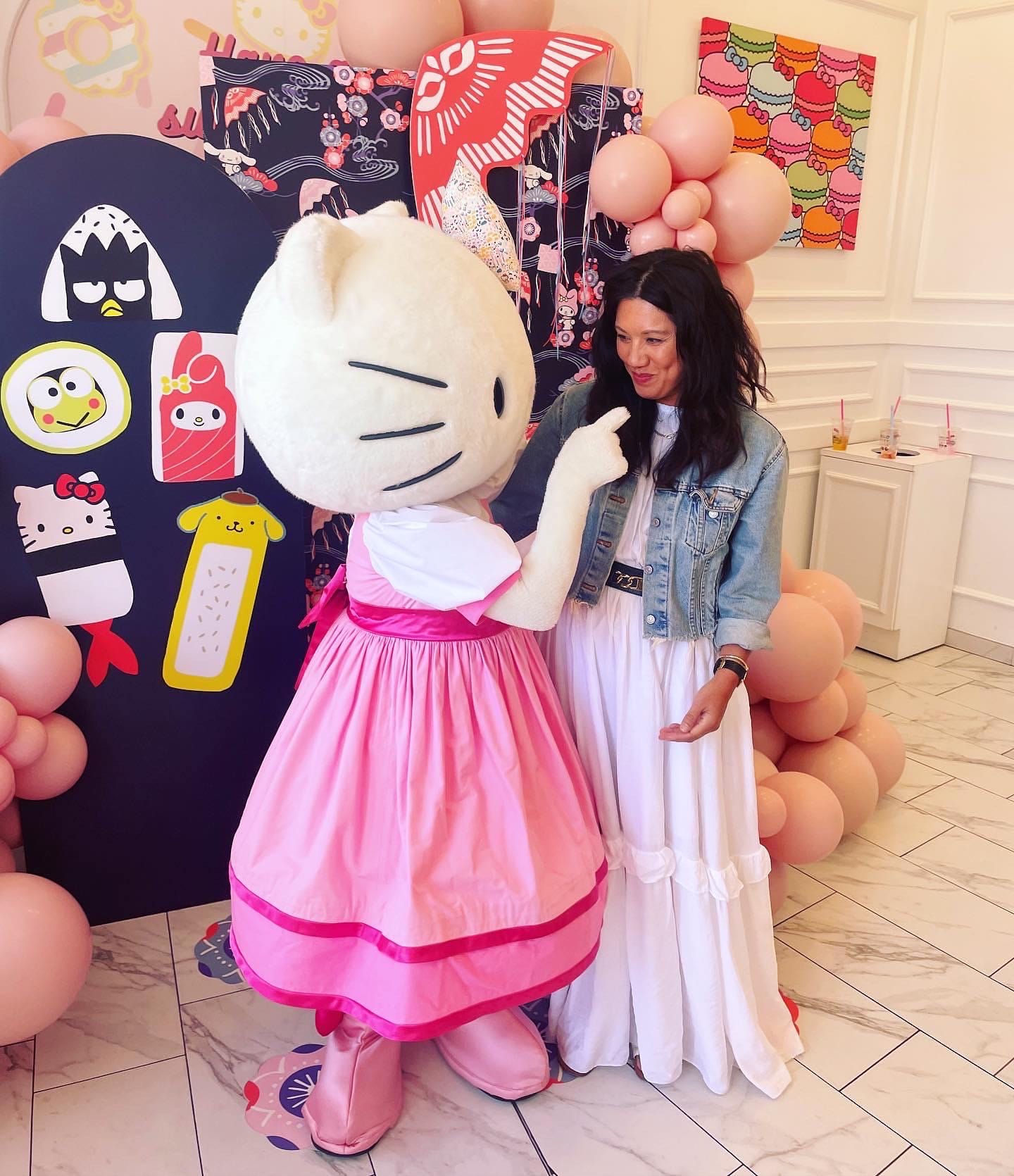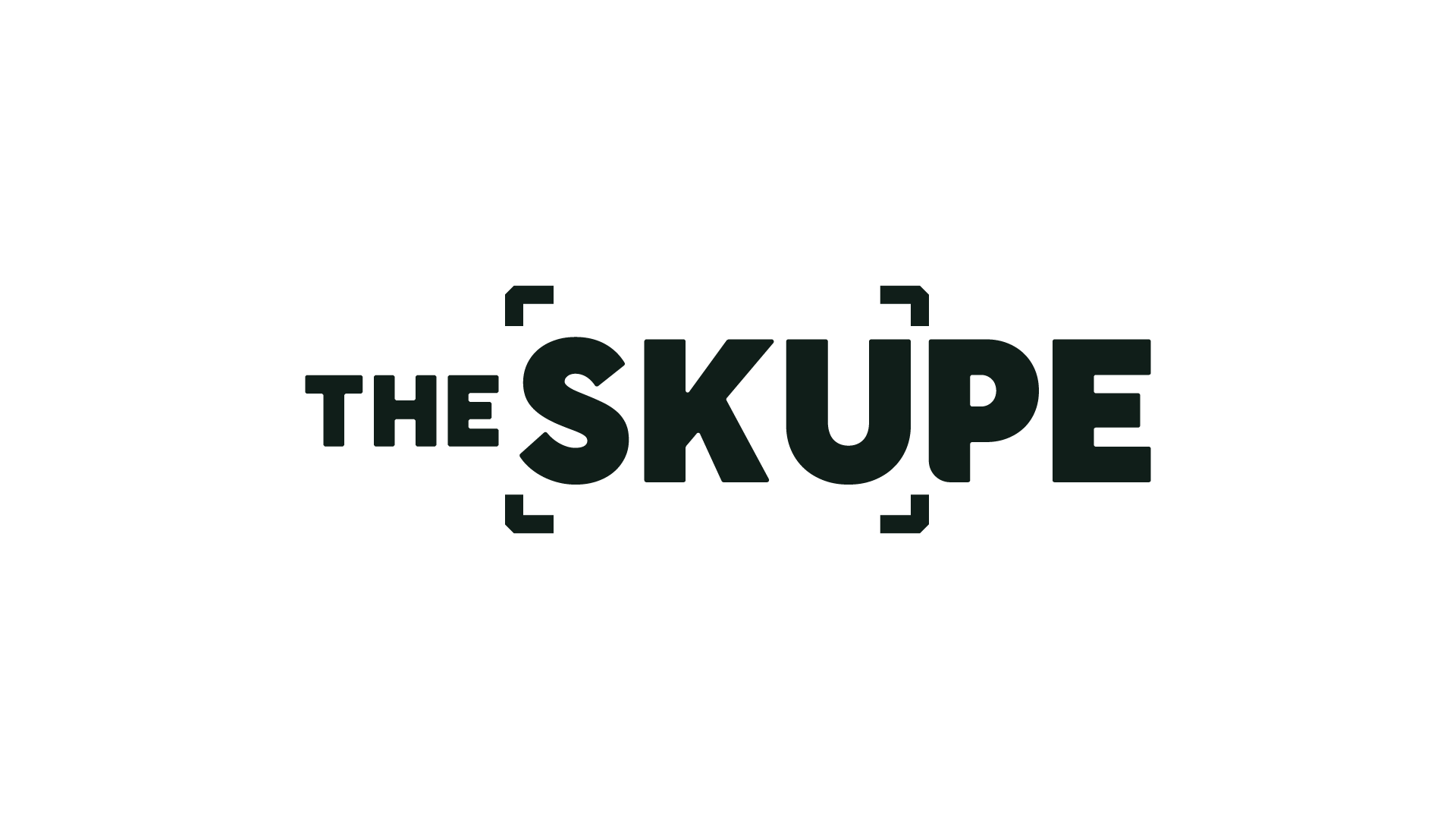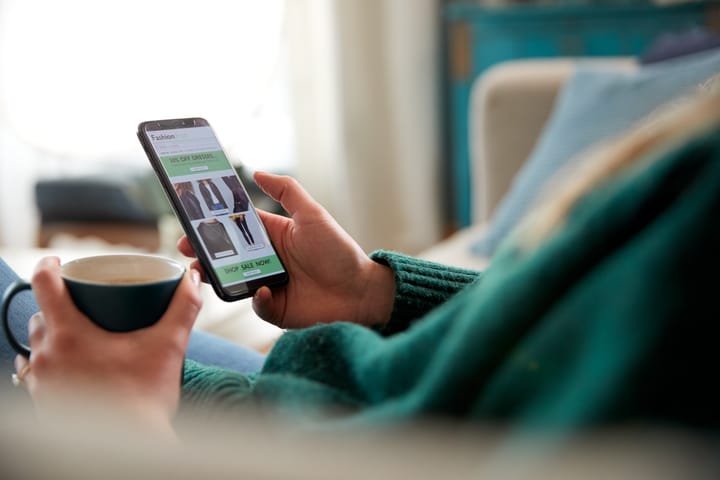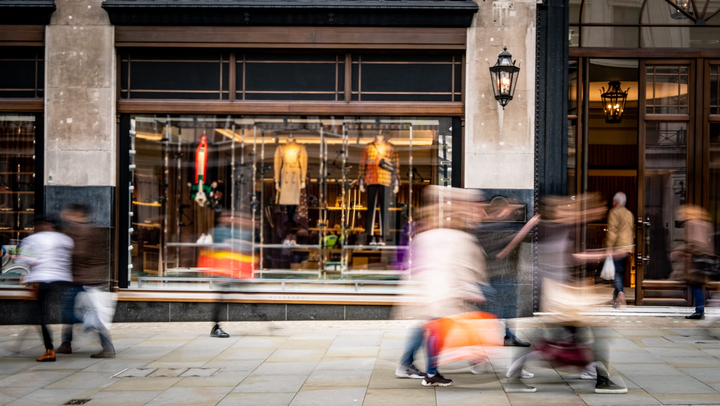Tariffs won’t halt retail spending
Plus: How working with local influencers can boost biz

Buy, buy, baby. It might sound counterintuitive with all the economic mayhem, but it’s retail therapy. The National Retail Federation predicts U.S. retail sales will rise to new heights, and loyalty programs could entice shoppers to stick with your brand over another. We also look at why Build-a-Bear is a stealth winner, the right time to post on social media and why smaller store footprints are gaining popularity. And we ask P.R. expert Monique Jones for tips on how to work with local micro-influencers.

Silica gel packs, why? The reason these little white things are in everything.
True Religion is baaaack. The aughts denim brand is making a comeback.
Why clothes cost more. This TikTok explainer shows how costs add up.
Macy’s, the TV show. A book on department stores has been optioned.
Anxious Millennials need toys. One tech worker quit her job to create them.


'Get your story out there on your terms'
Monique Jones of Monique Jones PR specializes in public relations for fashion brands, leading campaigns ranging from traditional press and VIP seeding to special events. Here, she shares tips for making an impact with local influencers. –Marcy Medina
What led you to found your own company?
I began my career as a personal publicist for celebrities, where I quickly recognized the powerful relationship between the entertainment and fashion worlds. With just one fashion brand, I could secure media coverage, align it with the right celebrities and generate meaningful buzz around its designers and retail presence.
When I moved from L.A. to Chicago, I was unsure of how it would translate, but I learned that connecting fashion with culture was just as relevant there as it was in L.A. The key difference is that in L.A., I was surrounded by more celebrities and designers who shape trends in real time, while Chicago taught me to see trends through a different lens: one that’s more practical, seasonally driven and incredibly intentional. When I returned to L.A., I carried both of these perspectives with me.
What advice would you give SMB retailers who are new to P.R.?
Get your story out there on your terms. This can be done within a variety of budgets but you want to be prepared to back up what you’re hoping to accomplish. If a big press hit dropped tomorrow, would you be ready? Do you have enough products to accommodate an influx of orders? Can you handle the traffic and attention that comes with it? Being ready for the moment is just as important as getting it.
If you're working with a smaller budget, think smart, not big. Host intimate in-store events that draw people in and spotlight your brand. Schedule them during regular store hours to avoid extra staffing costs and partner with local businesses like restaurants, florists or beverage brands who might be open to providing goods in exchange for exposure. It’s a great way to build community while keeping costs low.
How can a retailer find local influencers and engage with them?
Pay attention to your customers and make the effort to connect with people in your community who align with your brand. Scout social media for local tastemakers or ask your community if they have favorite local influencers. Send personal invites to your store. Take the time to meet potential clients. When people meet the owner or designer and see the extra care behind the brand, they’re far more likely to choose you over someone else.
Once you find local influencers, invite them into your store and offer them a gift card to shop or a thoughtful item as a thank-you for their time. Keep it genuine and free of any pressure. When they feel like they’re treated with VIP care, they’re more likely to support your brand beyond the parameters of a set deal. You could also ask them to host an event in exchange for product or a share of the sales. This way, they’ll be excited to encourage their followers to shop, too.
What's one P.R. trend you are excited about?
Brands starting to work with micro-influencers. These smaller creators come across as more authentic and “word-of-mouth” since they’re typically not pushing products as their full-time gig. They also tend to have a more dedicated local fanbase, which is great for in-store events where you want a host who will bring their followers along.

Tariffs won’t halt retail spending
Tariffs are sounding alarm bells worldwide, but the National Retail Federation still projects that retail sales will reach a whopping $5.42 to $5.48 trillion in 2025. At its fifth annual State of Retail & the Consumer event, NRF president and CEO Matthew Shay said that policy uncertainties are a concern and chief economist Jack Kleinhenz pointed out the latest decline in consumer confidence, but said the foundation for consumer spending, low unemployment and consistent income growth remain solid.
Why this matters: While it’s almost certain that retail sales growth will slow in 2025, they will still increase 2.7-3.7%, which aligns with the 10-year pre-pandemic average. If the last five years have taught us anything, it’s that Americans will find a way to spend money even in tough times. (Retail Insight Network)
High prices may drive churn, but loyalty points pay off
A new Salesforce survey of 8,350 shoppers and 1,700 retail decision-makers found that two-thirds of shoppers switched brands in the past year because of price. That’s a lot of churn, but one way to hold onto customers is loyalty programs. Two-thirds of retailers offer them already, and another 29% plan to introduce them within two years. Why wait that long? Three in four shoppers already belong to one program, and the average person belongs to four. Whether you offer points or cash back, you’re enhancing your customer’s experience.
Why this matters: Eighty-four percent of those surveyed said that loyalty programs made them more likely to repurchase. Points are the top enticement, followed by partner brand points, free shipping or delivery and free or discounted services. When a points program is free to implement, why leave money on the table? (Customer Experience Dive)

Nudie Jeans thinks small with “denim kiosk” concept
Big retailers like Nordstrom are downsizing their stores, too
Beyoncé’s hair care line Cécred unveils first campaign
Will Target’s Kate Spade collab help sales for both parties?
The list of stores that plan to close on Easter

Build-a-Bear’s longtime CEO on defying expectations, adult plushie lovers
On a recent episode of the Opening Bid podcast, Build-a-Bear CEO Sharon Price John sat down with Yahoo! Finance executive editor Brian Sozzi to explain how her company went from a pandemic-induced shutdown to a Wall Street winner with a stock-price surge of 2,200% in the last five years. Part of the reason Build-a-Bear flies under the radar is its $500M market cap, which doesn’t grab the same headlines as multibillion-dollar retailers. Many dismiss the plushies as a niche kid’s toy, but a growing percentage of customers are teens and adults, and the company has found an opportunity with these overlooked fans. Even the tariffs that will hit many toymakers leave her undeterred.
“We thought, ‘What can we do with this moment if our entire retail functionality is shut down?’ and we focused on e-comm and all those omnichannel things most companies just never get to. We pulled forward probably three years of not just investment but implementation, and that’s really what helped us jumpstart the company." –Sharon Price John, Build-a-Bear
Why this matters: Price John says that being in the business of warming hearts is not only good for mental health; it’s a great motivator to excel at business. And if you don’t know what a “heart ceremony” is, listen to the podcast here.

Unsure what time to post on social media? Read this
While most things having to do with social media become outdated in a flash, generally speaking, the best times to post are still Mondays through Thursdays between 10 a.m. and 1 p.m. But don’t stop there. Familiarize yourself with the specifics of each platform: Facebook and Instagram see higher engagement in the morning, LinkedIn at midday, TikTok from noon until early evening and Pinterest and YouTube at 1 p.m. Does this sound like your familiar social media consumption pattern, too? If so, then posting should come more naturally if you consider what you like to see and think about creating that for your customers.
Why this matters: There’s nothing worse than putting time, energy and money into a carefully crafted social media post and sending it out into a void when just an hour or a day could’ve made all the difference. Don’t be that person. (Sprout Social)

5 takeaways from Trump’s universal tariffs order
We break it down so you don’t have to:
- If your products were shipped by April 9, you’re saving big.
- Thirty-four percent tariffs on China goods are likely to compound as other trade actions will stack up.
- There’s a possibility of lower tariffs on Canada and Mexico.
- Tariffs only apply to the components of a product that come from outside of the U.S., not the entire product.
- Say goodbye to the de minimis exemption for China and Hong Kong.
Why this matters: It may be headache-inducing to parse every bit of news that comes out about tariffs, but not knowing the latest could cost you. This paired with the findings released from the White House’s trade policy review could start to provide a pattern or direction for where things are headed. (Supply Chain Dive)

Thanks for reading this week's edition!
You can reach the newsletter team at theskupe@mynewsletter.co. We enjoy hearing from you.
Interested in advertising? Email us at newslettersales@mvfglobal.com
The SKUpe is curated and written by Marcy Medina and edited by Bianca Prieto





Comments ()